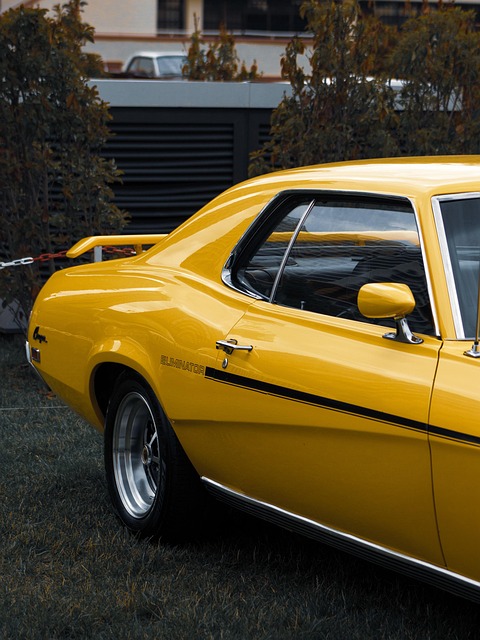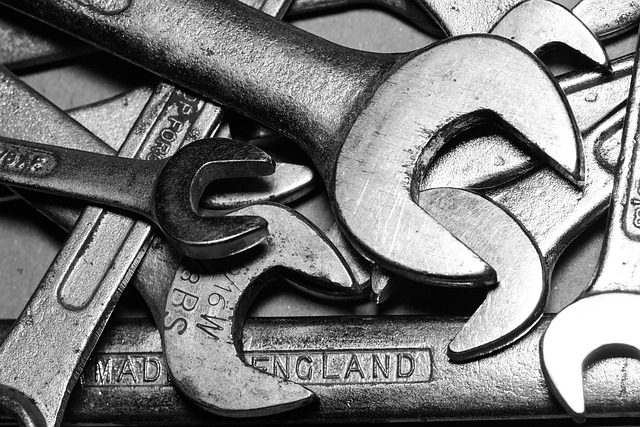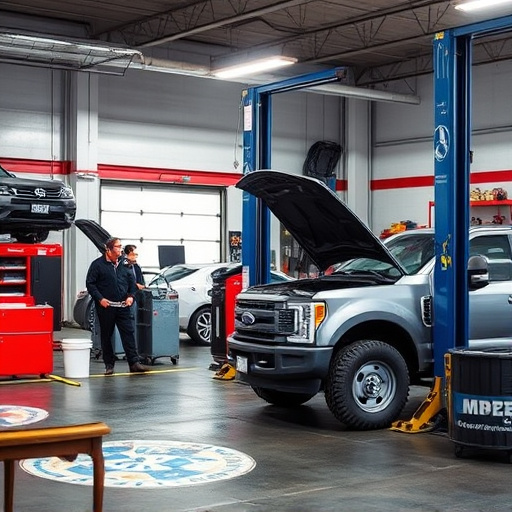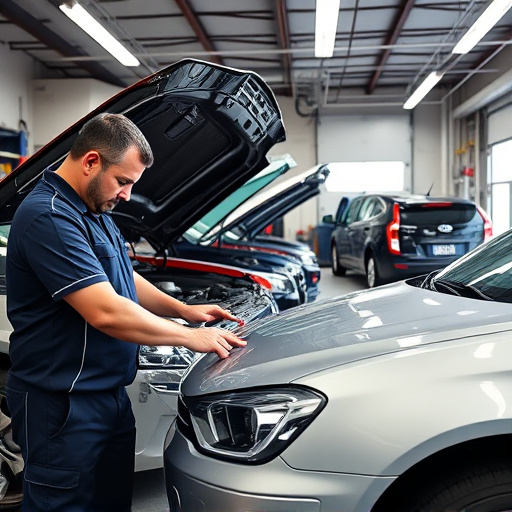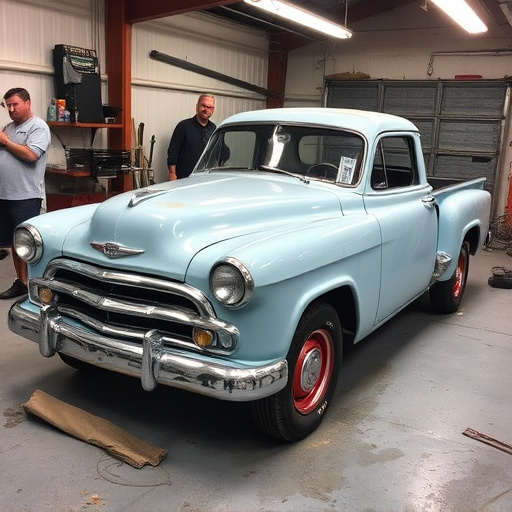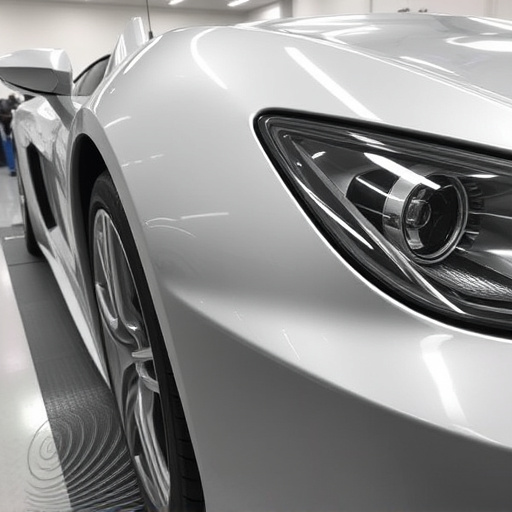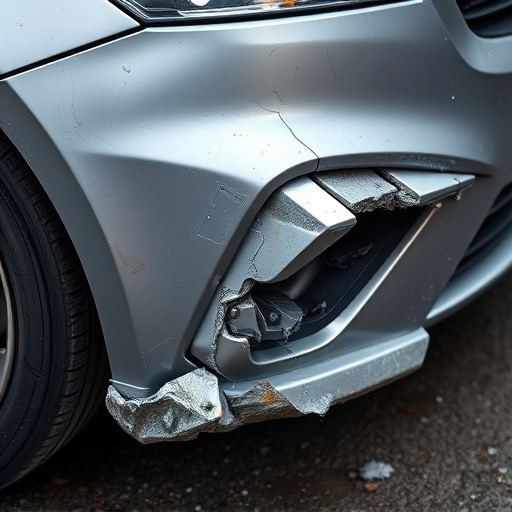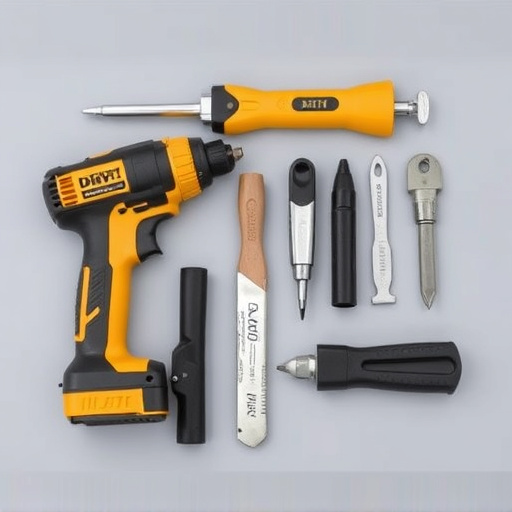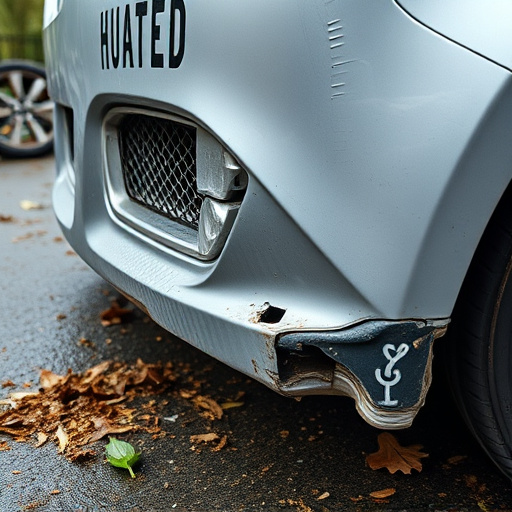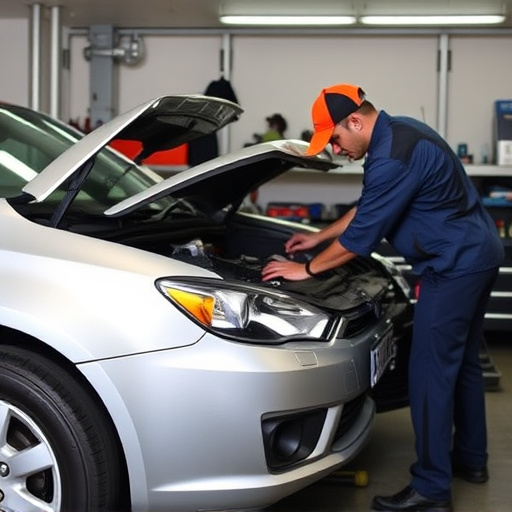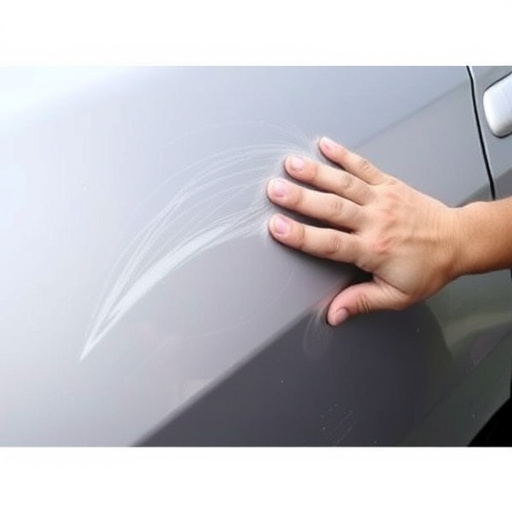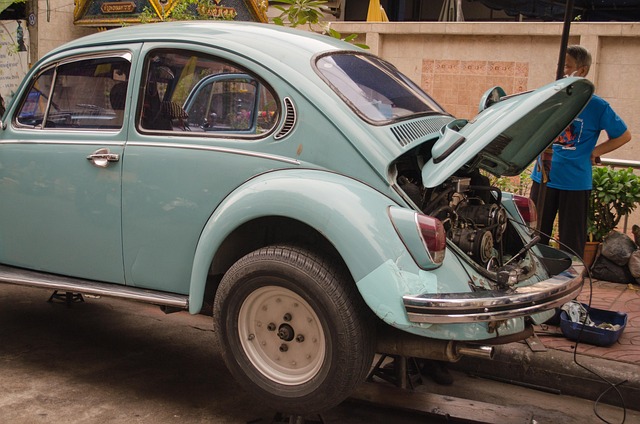Assessing damage is key to sedan collision repair. Professionals inspect exterior for dents, scratches, and cracks while verifying structural integrity. Essential tools include socket wrenches, torque wrench, jack, adhesives, and sandpaper. Advanced repairs require a paint striper and pressure washer. The guide breaks down steps: assess damage, remove affected parts, fix/replace with welding or bonding, apply primer and color, then reassemble for factory-like restoration using proper techniques.
“New to the world of sedan collision repair? This comprehensive guide is your perfect starting point. Learn to navigate the intricacies of assessing damage, from bent panels to cracked windshields, on various sedan models. Discover the essential tools and materials needed for effective repairs. Our step-by-step tutorials cover common issues, ensuring you’re equipped to handle minor dents to more significant structural damage. By the end, you’ll be confident in tackling sedan collision repair head-on.”
- Understanding Sedan Collision Damage Assessment
- Basic Tools and Materials for Repair
- Step-by-Step Guide to Common Sedan Repairs
Understanding Sedan Collision Damage Assessment
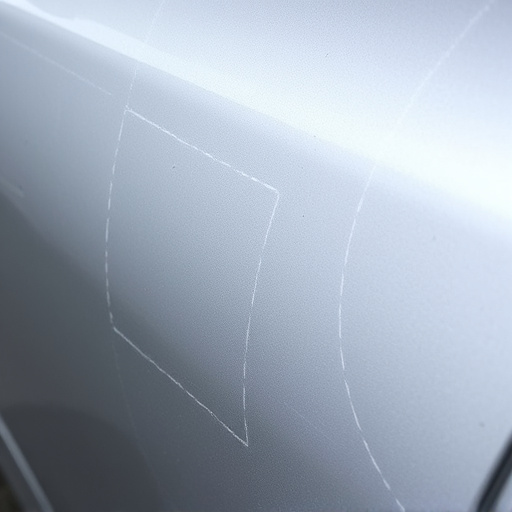
When it comes to sedan collision repair, understanding how to assess damage is a crucial first step. A thorough inspection is vital to determine the extent of the repairs needed, whether it’s a simple dent repair or more complex work like fender bender restoration. Every vehicle has unique characteristics, so assessing damage involves carefully examining the exterior for dents, scratches, and cracks in the paint, as well as checking the structural integrity of components like doors, hoods, and bumpers.
Professional assessors use their expertise to identify hidden damage that might not be immediately apparent, such as bent panels or damaged frame rails. This meticulous process ensures that every aspect of the car is considered during the repair process, guaranteeing a safe and reliable ride after the sedan collision repair. Once the assessment is complete, the scope of work can be accurately defined, allowing for efficient and effective car paint services tailored to the specific needs of your vehicle.
Basic Tools and Materials for Repair
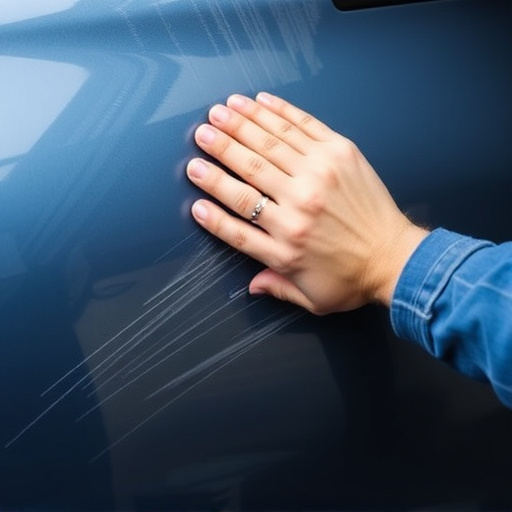
When diving into sedan collision repair, having the right tools and materials is paramount for successful and safe repairs. Basic essentials include a set of high-quality socket wrenches, torque wrench, pliers, screwdrivers (both flathead and Phillips), a jack, jack stands, and a variety of adhesives and sealants designed specifically for vehicle bodywork. For more intricate repairs, consider specialized tools like a paint striper, sandpaper in various grits, and a pressure washer to thoroughly clean the damaged area.
Remember that quality matters when it comes to materials. Opting for genuine or certified replacement parts ensures compatibility and longevity. This is especially crucial in luxury vehicle brands like Mercedes-Benz repair, where precision and aesthetics are paramount. Proper preparation of the vehicle bodywork, including sanding and priming before painting, will result in a seamless finish that matches the original factory specifications, ensuring your repaired sedan looks as good as new.
Step-by-Step Guide to Common Sedan Repairs
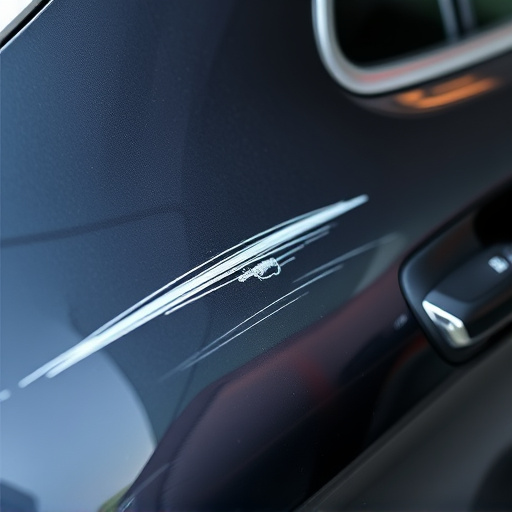
When it comes to sedan collision repair, understanding the process is key for any beginner. Here’s a step-by-step guide that outlines common repairs for your car. First, assess the damage. Inspect the vehicle thoroughly to determine the extent of the Sedan collision repair needed. Check for dents, scratches, cracked or broken parts, and any structural damage.
Next, disassemble the damaged areas. Remove panels, trim, and components that are affected. This step allows for easier access and precise repair work on both interior and exterior parts. Then, using specialised tools and techniques, fix or replace damaged panels. This often involves welding, riveting, or bonding to ensure structural integrity. Once the auto body repair is complete, it’s time for car paint services. Apply a suitable primer, followed by the desired colour, allowing each coat to dry properly before moving on. Finally, reassemble the vehicle, ensuring all components are securely in place, and your sedan will be as good as new, thanks to these essential sedan collision repair steps.
Sedan collision repair is a complex yet rewarding process that can transform damaged vehicles into like-new ones. By understanding sedan collision damage assessment, acquiring the right tools and materials, and following a step-by-step guide for common repairs, beginners can embark on their automotive restoration journey with confidence. With dedication and practice, they can master these skills, ensuring safer and more aesthetically pleasing sedans on the road. Sedan collision repair isn’t just about fixing cars; it’s about preserving and enhancing the driving experience for everyone.

